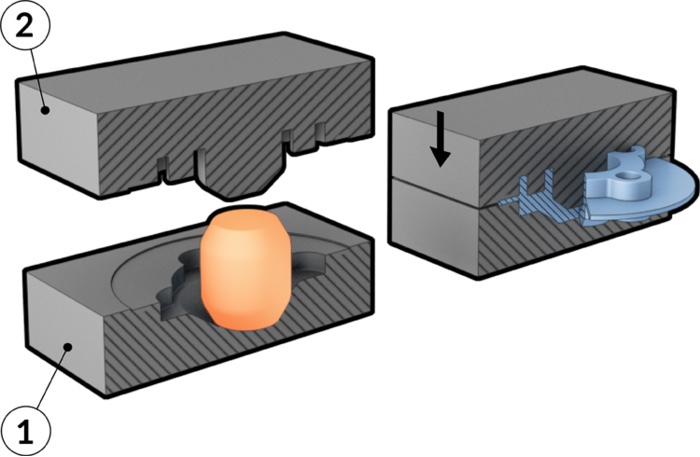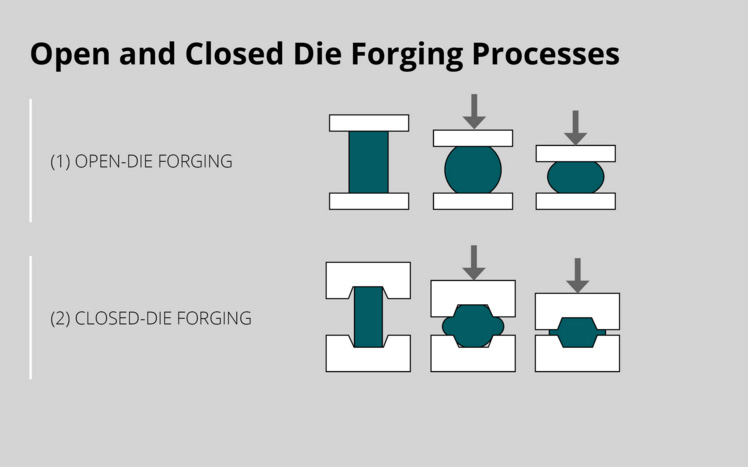
- English
- Español
- Português
- русский
- Français
- 日本語
- Deutsch
- tiếng Việt
- Italiano
- Nederlands
- ภาษาไทย
- Polski
- 한국어
- Svenska
- magyar
- Malay
- বাংলা ভাষার
- Dansk
- Suomi
- हिन्दी
- Pilipino
- Türkçe
- Gaeilge
- العربية
- Indonesia
- Norsk
- تمل
- český
- ελληνικά
- український
- Javanese
- فارسی
- தமிழ்
- తెలుగు
- नेपाली
- Burmese
- български
- ລາວ
- Latine
- Қазақша
- Euskal
- Azərbaycan
- Slovenský jazyk
- Македонски
- Lietuvos
- Eesti Keel
- Română
- Slovenski
- मराठी
- Srpski језик
Die Forging
Youlin is a Youlin® die forging manufacturer and exporter in China. With forging facilities ranging from 300t-2500t, we are capable to produce closed die forged components from 0.2kg-60kg. There is no material limitation if you would like to source steel forgings, aluminum forgings and brass forgings. We can supply all the metal forgings you like.
Send Inquiry
We retain improving upon and perfecting our items and repair. At the same time, we perform actively to do research and progress for ODM Factory China Hot Youlin® Die Forging, Any necessitates from you will be compensated with our greatest consideration!
ODM Factory China Youlin® Die Forging, Upon today, now we have customers from all over the world, including USA, Russia, Spain, Italy, Singapore, Malaysia, Thailand, Poland, Iran and Iraq. The mission of our company is to offer the highest quality solutions with best price. We are looking forward to doing business with you!
1.Definition of Die Forging
 Youlin® Die forging is the most common option for metal deformation, which has two popular processes:
Youlin® Die forging is the most common option for metal deformation, which has two popular processes:
Open die forging, is also called free forging. In open die forging, the billet is placed between multiple dies that do not enclose the metal entirely. The dimensions will be changed by hammering and stamping the metal through a series of movement until the final dimensions are achieved. Open die forging is widely used for the products in small quantity that are simple, rather than complex, such as discs, rings, sleeves, cylinders and shafts. Another benefit of open die forging is that the fatigue resistance and strength of products will be improved. Besides, voids could be effectively reduced after open die forging.
 Closed die forging, is also referred to as impression die forging. It utilizes high pressure to compress the metal piece to fill an enclosed die impression for required shapes. For some special shapes, second forging operation is required to reach final shapes and dimensions. The type of material, tightness of tolerances, and need for heat treatment can determine the cost of a closed die forged part.
Closed die forging, is also referred to as impression die forging. It utilizes high pressure to compress the metal piece to fill an enclosed die impression for required shapes. For some special shapes, second forging operation is required to reach final shapes and dimensions. The type of material, tightness of tolerances, and need for heat treatment can determine the cost of a closed die forged part.
2.Differences between Open Die Forging and Closed Die Forging
The technique of both open Youlin® die forging and closed die forging is different. In general, for closed die forging, the molding dies are first precision machined and cost is high. The metal bars are then placed on between upper and lower dies and forged to any shapes needed. After closed die forging very less or no machining will be operated due to its high accuracy throughout the process. So closed die forging is also a net shape or near net shape process.
For open die forging, enormous compressive forces are imposed by the continuous strike of a forging hammer to deform the metal billets. Unlike closed die forging, dies of open die forging is very simple. And secondly machining operation is always carried out.

3.Advantages & Disadvantages of Open Die Forging and Closed Die Forging
|
Open Die Forging |
Closed Die Forging |
|
Advantages |
|
|
Better fatigue resistance and improved microstructure |
Economic for large production runs. |
|
The internal grain structure formation increases the tightness and strength of the products. |
The internal grain structure formation increases the tightness and strength of the products. |
|
Increased strength and longer part life |
No material limitation |
|
Less material waste |
Better surface finish |
|
Reduced chance of voids |
Less or no machining required for its close tolerances |
|
Valuable cost savings |
Dimensions of tighter tolerances and net shapes can be achieved |
|
Disadvantages |
|
|
It is not capable of forming close tolerance and higher precision parts |
It is not very economical for short runs due to the high cost of die production |
|
Machining is often required to achieve desired dimensions |
Closed die forging presents a dangerous working environment |
1.Definition of Die Forging
Closed die forging and open die casting are the most common used forging methods for steel parts. Forging is popular because of its improved internal grain structure and can produce stronger and tougher products.
 In Open die forging, a rough or precision machining is normally further required after the open die forging process as imprecise dimensions are achieved by hammering. Thus, open die forging is more suitable for large parts in a number of tons. Generally, the products in forging method include forged long shafts, forged rollers, and forged cylinders, which are mostly used for the application of railway and aircraft industry.
In Open die forging, a rough or precision machining is normally further required after the open die forging process as imprecise dimensions are achieved by hammering. Thus, open die forging is more suitable for large parts in a number of tons. Generally, the products in forging method include forged long shafts, forged rollers, and forged cylinders, which are mostly used for the application of railway and aircraft industry.
However, closed die forging is preferred for small critical parts with safety consideration because of its high precision. It is highly used to produce small products like forged fittings, forged lifting & rigging hardware, forged automotive parts, etc. Oilfield, automotive, forestry & agriculture, and mining are some of the industries that rely on closed die forging technique.
5. FAQ
Which is the disadvantage of open die forging?
A: Open-die forging is not recommended for complex shapes, and often requires precision machining to complete the process since the dimensions produced by hammering during the open die process can be imprecise.
Q: What can be made from open die forging?
A: The process of open die forging typically produces round, rectangular, square, and hexagonal bars, beams, as well as other basic shapes. Common products formed include hubs, spindles, step shafts, mandrel, metal shells, pierced blanks, and simple pancakes forgings.
Q: What are the limitations of open die forging?
A: ▷ Not suitable for forming intricate, precision parts or other close-tolerance applications.
▷ Machining is often required to complete open-die forgings.
▷ Process doesn't always produce consistent results or desired features.


















